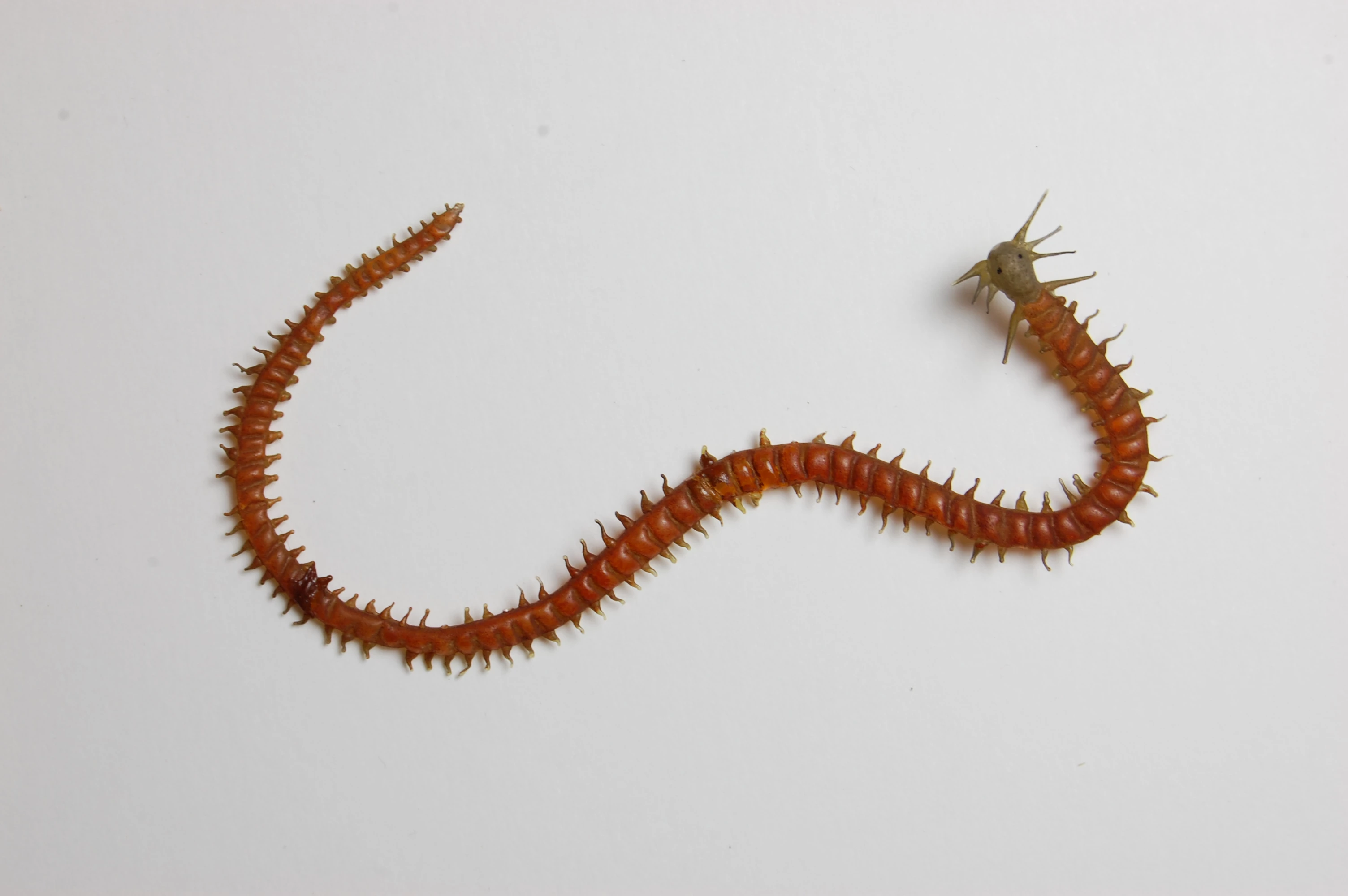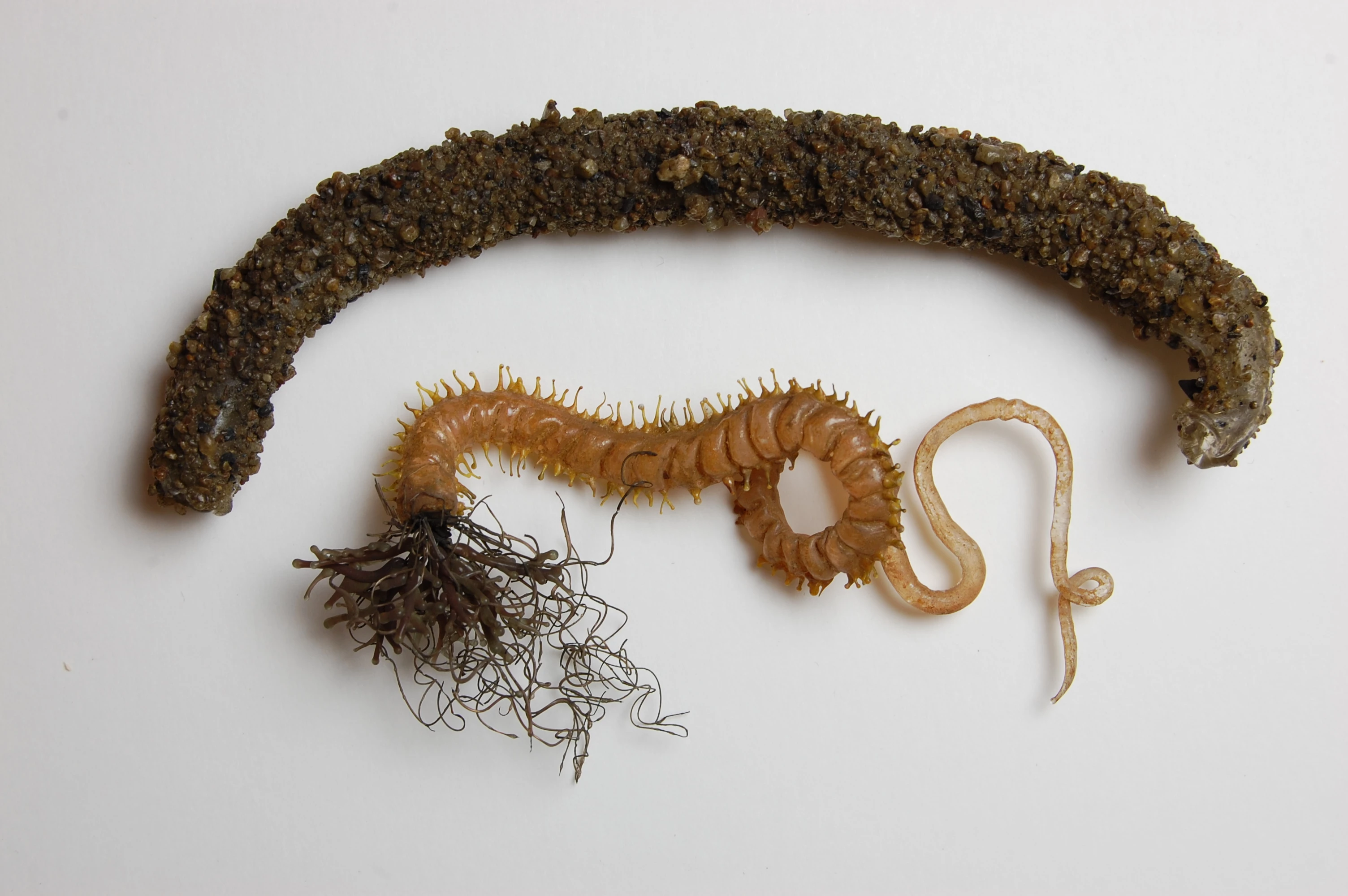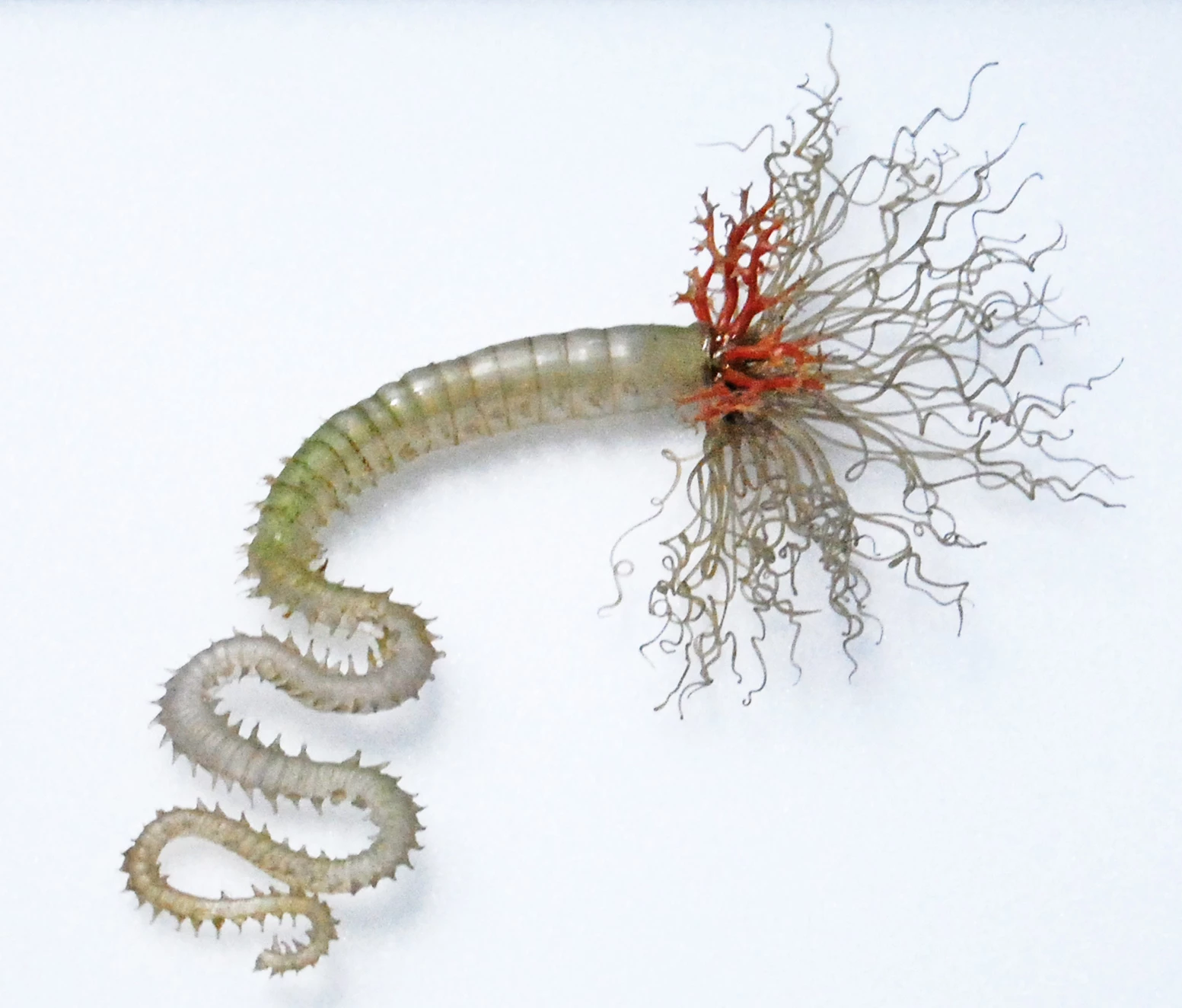The Glass Worms
, 2 September 2016
Our new exciting, family-friendly exhibition Wriggle has now opened and delves into the wonderful world of worms. As part of this exhibition we have put together a display of some very historic worm models made of glass. These are from a part of our collections called the ‘Blaschka glass model collection’. The models were made by the German glass-worker and naturalist Leopold Blaschka, along with his son, Rudolf, in the latter half of the 1800s’. This period was a time of great scientific discovery and new museums were opening to the public with their galleries displaying fossils, plants and animals from across the globe.
However many types of animal and plant specimens are very difficult to preserve and display, particularly soft-bodied animals, such as jellyfish, marine worms and sea anemones. The best method is to preserve in some sort of preserving fluid such as ethanol or formaldehyde but colours quickly faded and their shapes became distorted. Leopold Blaschka devised a solution to this problem by using his glass working skills to accurately model these animals out of glass. Together with his son, he went on to establish a successful business supplying glass models, mostly of marine animals, to museums worldwide during the latter half of the 19th century.
Initially the Blaschkas relied on illustrations in books as sources of reference for the glass animals, and many of the models are three dimensional representations of animals that they never saw in reality. However, in later years they increasingly based the models on their own observations of real animals, either during field trips or from live specimens in specially built aquariums in their house. This development in their naturalist skills is seen in the models as over time they became increasingly scientifically accurate.
Amgueddfa Cymru has an extensive collection of these historic glass models representing a wide range of sea creatures such as sea slugs, sea cucumbers, marine worms, cephalopods and sea anemones. A selection of these models is on permanent display in the Marine galleries both as part of a stand-alone case, and as part of the surrounding displays. However for the Wriggle exhibition we have also put together a display case of all our worm related Blaschka glass models. Some of these models have not been on display for many years, and required delicate conservation work to enable their handling and display in the exhibition. A good example is the life series of three enlarged models of the marine worm Proceraea cornuta. All three of the models had been previously damaged in some way and careful conservation work was required to anable their safe display.
Also on display are models of commonly found species from our seashores such as the lugworm Arenicola marina and the ragworm Perinereis cultrifera.
The models of the leech Pontobdella (Hirudo) vittata and the Peacock worm Sabella pavonina are also notable in that they are still mounted on the packing card the Blaschkas’ would have originally shipped the models out on.
However personal favourites are the models of two tube living worms - the sand mason worm Lanice conchilega and the exquisite sphagetti worm Pista cretacea. Both have dense tentacle crowns which becomes an astonishing piece of craftsmanship and taxonomic accuracy when fashioned in glass!
Further information on the museums Blaschka glass model collectin can also be found online at http://www.museumwales.ac.uk/en/rhagor/galleries/blaschka/ .










